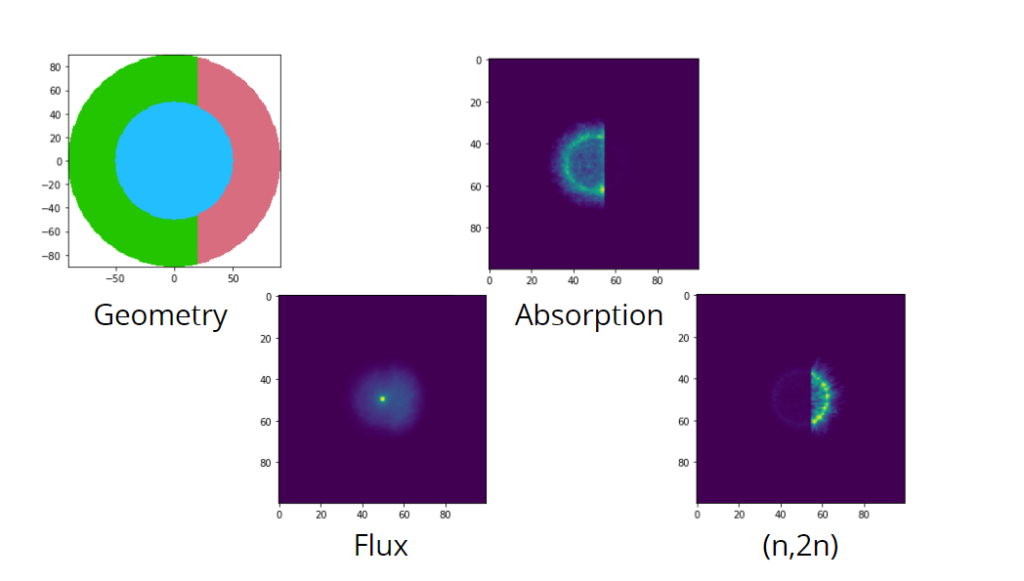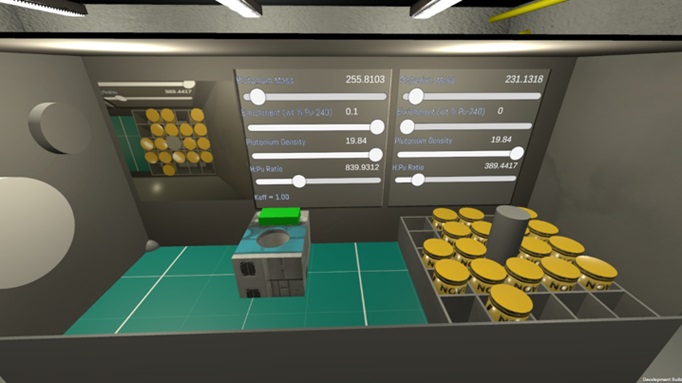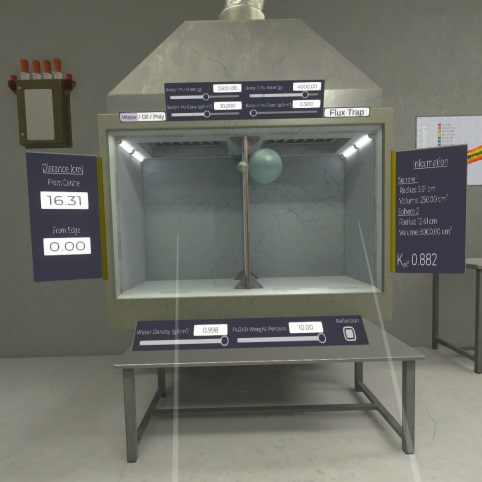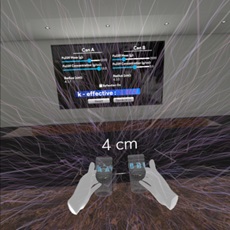Successful Neutronics Workshop at the University of York
Cerberus Nuclear is thrilled to have been invited to deliver a Neutronics Workshop as part of the Fusion CDT course at the University of York, marking the second consecutive year of our participation. As part of the course, students participate in a week-long fusion technology module to gain a comprehensive understanding of fusion science, covering key topics such as reactor technology, plasma physics, and neutronics modelling.
The week commenced with a workshop on the use of the open-source Monte Carlo transport code OpenMC fusion applications. The workshop was co-delivered by John Billingsley (Cerberus Nuclear) and Dr Jonathan Shimwell (First Light Fusion). Together, they presented the course and provided Master’s and PhD students with valuable insights drawn from their industry experience.

The workshop was a resounding success, offering students hands-on experience with key concepts such as transport theory, material cross-sections, model geometries, source and tally definitions, and running neutronics simulations. John and Jon’s guidance and insights proved invaluable, equipping the students with the knowledge and skills necessary to succeed in the field of fusion neutronics.
Cerberus Nuclear is proud to have played a role in the education and development of the next generation of fusion professionals. We early look forward to future opportunities to collaborate with the University of York and the FusionCDT in advancing the field of fusion technology.
“Once again, thanks to the University of York for the invitation to deliver the neutronics workshop for the third year in a row. The workshop was a resounding success, with students gaining valuable insights into the application of neutronics codes in fusion technology.
Thank you to Dr Arkaprava Bokshi for organising a great module.”
– John Billingsley








